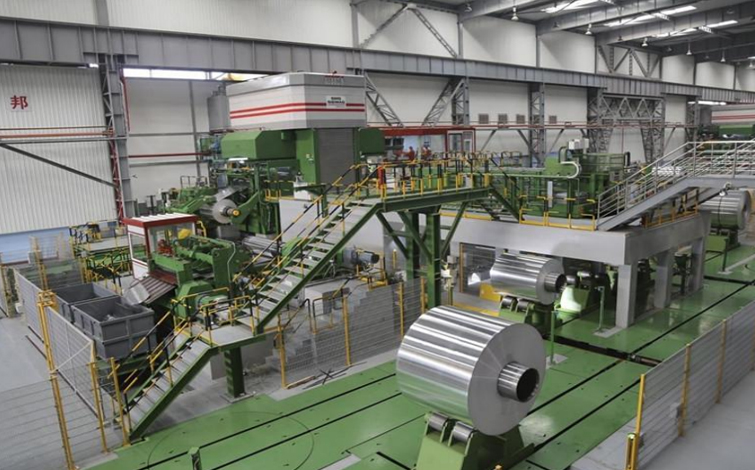


As an intermediate link in the aluminum industry chain, alumina plays an important role. As the raw material of electrolytic aluminum, alumina accounts for about 36% of the smelting cost of electrolytic aluminum, and the strategic position of alumina is obvious.
The characteristics of bauxite determine the layout of alumina enterprises
The raw material for alumina smelting is bauxite. From the perspective of the global distribution of bauxite resources, it is mainly concentrated in Guinea, Australia, Brazil, Jamaica and other countries. China's bauxite resources are relatively scarce, accounting for only 3% to 4% of the global bauxite resource reserves. As a major producer of alumina, China needs to import a large amount of bauxite every year.
The raw material for alumina smelting is bauxite. From the perspective of the global distribution of bauxite resources, it is mainly concentrated in Guinea, Australia, Brazil, Jamaica and other countries. China's bauxite resources are relatively scarce, accounting for only 3% to 4% of the global bauxite resource reserves. As a major producer of alumina, China needs to import a large amount of bauxite every year.
From the perspective of the cost ratio of alumina smelting, the cost of ore accounted for 40.47% of the total cost, the cost of caustic soda accounted for 18.62%, and the cost of energy accounted for 23.37%. The purchase cost of bauxite is very important for the cost control of alumina plants, and different ore grades and types require different smelting processes. Generally speaking, domestic monohydrate bauxite consumes a lot of energy and alkali. The amount of bauxite is relatively large (domestic bauxite is mostly this type), and the alkali consumption of gibbsite-type bauxite (imported bauxite) is small. According to the different characteristics of bauxite, there are four types of production processes: high temperature line (using domestic bauxite), low temperature line (using imported bauxite), post-adding ore, and direct mixing.
The difference in the smelting process of domestic bauxite and imported bauxite determines that the smelting cost of imported bauxite will be lower without considering the mining price. In recent years, my country's dependence on imported bauxite has increased year by year. Except for Shandong, Chongqing, and Inner Mongolia, which almost all use imported bauxite, this year, all new domestic production projects use imported bauxite. It is expected that my country will use imported bauxite this year. The alumina production capacity produced by the mine will exceed half of the total production capacity. In addition to the low cost of the smelting process, there are two reasons for the increase in the proportion of imported bauxite:
On the one hand, for some coastal cities and their surrounding cities, the purchase cost of imported bauxite is relatively low. On the whole, the cost of using imported bauxite for smelting is lower than the cost of domestic bauxite, 90% of the alumina enterprises above the cost quantile line are mostly from Shanxi and Henan areas that use more domestic bauxite.
On the other hand, in recent years, domestic bauxite minerals have been gradually depleted, making the supply of domestic bauxite ore tight. In order to ensure stable production, enterprises sometimes have to adopt the mixed production of domestic bauxite and imported bauxite, or carry out technical transformation of some production lines, and directly use imported bauxite to produce alumina.



